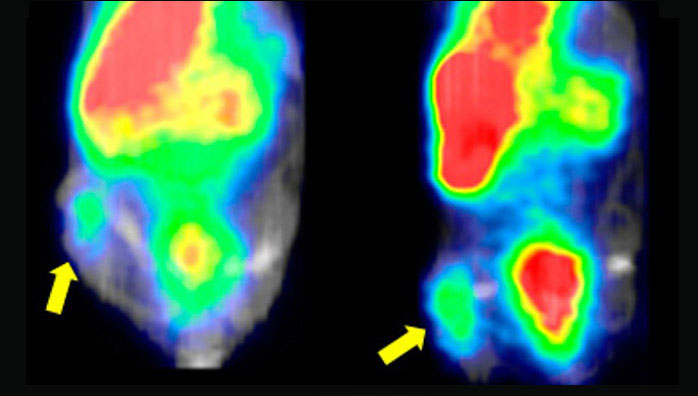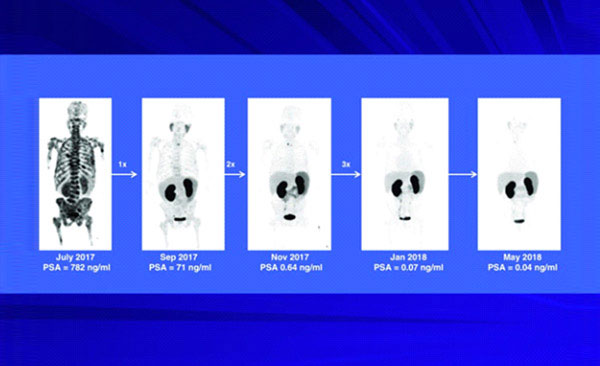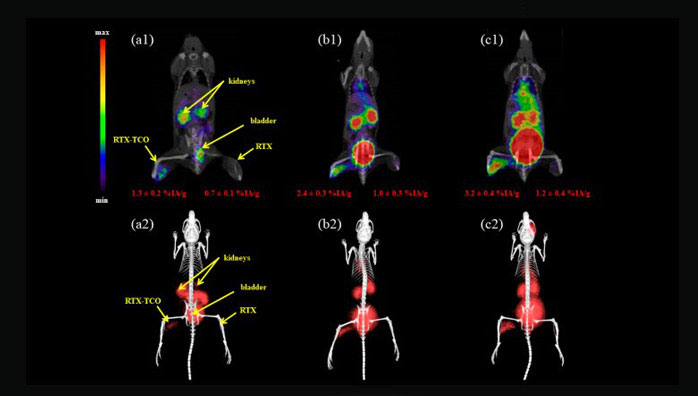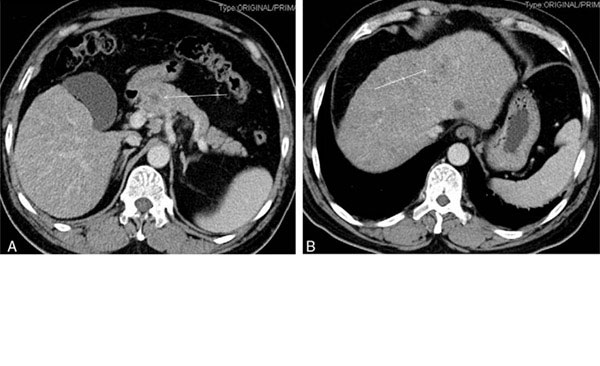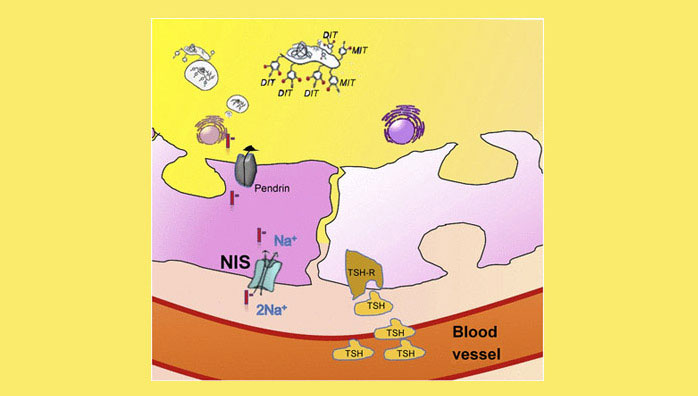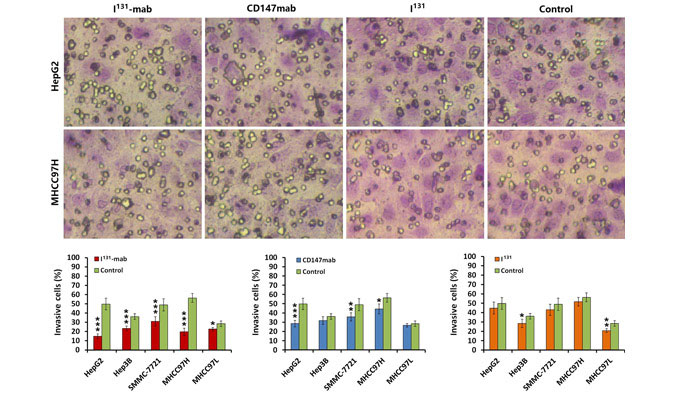Abstract
OBJECTIVE:
(99m)Tc-MDP (technetium-99(m)-labeled methylene diphosphonate) has been widely used as a radiopharmaceutical for bone scintigraphy in cases of metastatic bone disease. (177)Lu is presently considered as an excellent radionuclide for developing bone pain palliation agents. No study on preparing a complex of (177)Lu with MDP has been reported yet. Based on these facts, it was hypothesized that a bone-seeking (177)Lu-MDP (lutetium-177-labeled MDP) radiopharmaceutical could be developed as an agent for palliative radiotherapy of bone pain due to skeletal metastases. Biodistribution studies after intravenous injection of (177)Lu-MDP complex in rats may yield important information to assess its potential for clinical use as a bone pain palliation agent for the treatment of bone metastases.
METHODS:
(177)Lu was produced by irradiating natural Lu(2)O(3) (10 mg) target at a thermal flux ∼ 8.0 × 10(13) n/cm(2) per second for 12 h in the swimming pool-type reactor.(177)Lu was labeled with MDP by adding nearly 37 MBq (1.0 mCi) of (177)LuCl(3) to a vial containing 10 mg MDP. The radiochemical purity and labeling efficiencies were determined by thin layer chromatography. Labeling of (177)Lu with MDP was optimized, and one sample was subjected to high-performance liquid chromatography (HPLC) analysis. Twelve Sprague-Dawley rats were injected with 18.5 MBq (0.5 mCi). (177)Lu-MDP in a volume of 0.1 ml was injected intravenously and then sacrificed at 2 min, 1 h, 2 h and 22 h (three rats at each time point) after injection. Samples of various organs were separated, weighed and measured for radioactivity and expressed as percent uptake of injected dose per gram. Bioevaluation studies with rats under gamma-camera were also performed to verify the results.
RESULTS:
The quality control using thin layer chromatography has shown >99% radiochemical purity of (177)Lu-MDP complex. Chromatography with Whatman 3MM paper showed maximum labeling at pH = 6, incubation time = 30 min, and ligand/metal ratio = 60:1. HPLC analysis showed 1.35 ± 0.05 min retention time of (177)Lu-MDP complex. No decrease in labeling was observed at higher temperatures, and the stability of the complex was found adequate. Biodistribution studies of (177)Lu-MDP revealed high skeletal uptake, i.e., 31.29 ± 1.27% of the injected dose at 22 h post injection. Gamma-camera images of (177)Lu-MDP in Sprague-Dawley rats also showed high skeletal uptake and verified the results.
CONCLUSION:
The study demonstrated that MDP could be labeled with (177)Lu with high radiochemical yields (>99%). The in vitro stability of the complex was found adequate. Biodistribution studies in Sprague-Dawley rats indicated selective bone accumulation, relatively low uptake in soft tissue (except liver) and higher skeletal uptake, suggesting that it may be useful as a bone pain palliation agent for the treatment of bone metastases.
Copyright © 2011 Elsevier Inc. All rights reserved.
The information comes from:
https://www.ncbi.nlm.nih.gov/pubmed/21492790





